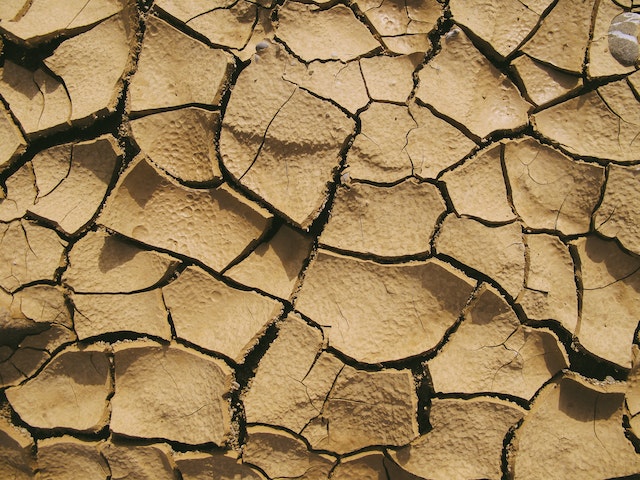Home » News » 2023 » November
News Brief
Nov. 6, 2023 |
By: Mark Moran - Public News Service
IA implements first-ever drought plan

By Mark Moran - Public News Service
The State of Iowa has just put its first-ever drought plan to work to help it manage one of the longest and most severe dry periods in recent history.
Officials say they are already making plans to improve it.
Iowa was more than 15 inches short of normal precipitation between fall 2022 and this autumn. While sustained drought happens over a much longer time period, in the short term, Iowa has had below-normal moisture three years in a row.
State Climatologist Justin Glisan said until now, Iowa hasn't had all the tools or information needed to know how best to react from year to year.
"Not having a drought plan, as other states do, really put us at a more vulnerable state in terms of how do we address drought concerns," said Glisan, "given that drought is a slow-moving disaster."
The Iowa Drought Plan should allow water officials to react nimbly to each of the five drought stages that are laid out in the plan.
It was developed by local, county and state agencies, all of which had input into the moisture needs and deficits in each of Iowa's 99 counties.
Glisan said given what they've already learned, drought experts are looking at rewriting sections of the plan.
He said they'll focus on standardized stream flows, anticipating varying levels of precipitation, and preparing for what are known as "flash droughts."
"Another way to put it is rapid onset drought," said Glisan. "When you don't have moisture in the air - in concert with vegetative demand with corn and beans, coupled with very warm temperatures and lack of rainfall - that's where you can see drought conditions rapidly expand. And that's what we mean by flash drought."
Iowa and other drought-prone parts of the country can see current moisture levels on the U.S. Drought Monitor web page.
![]()






